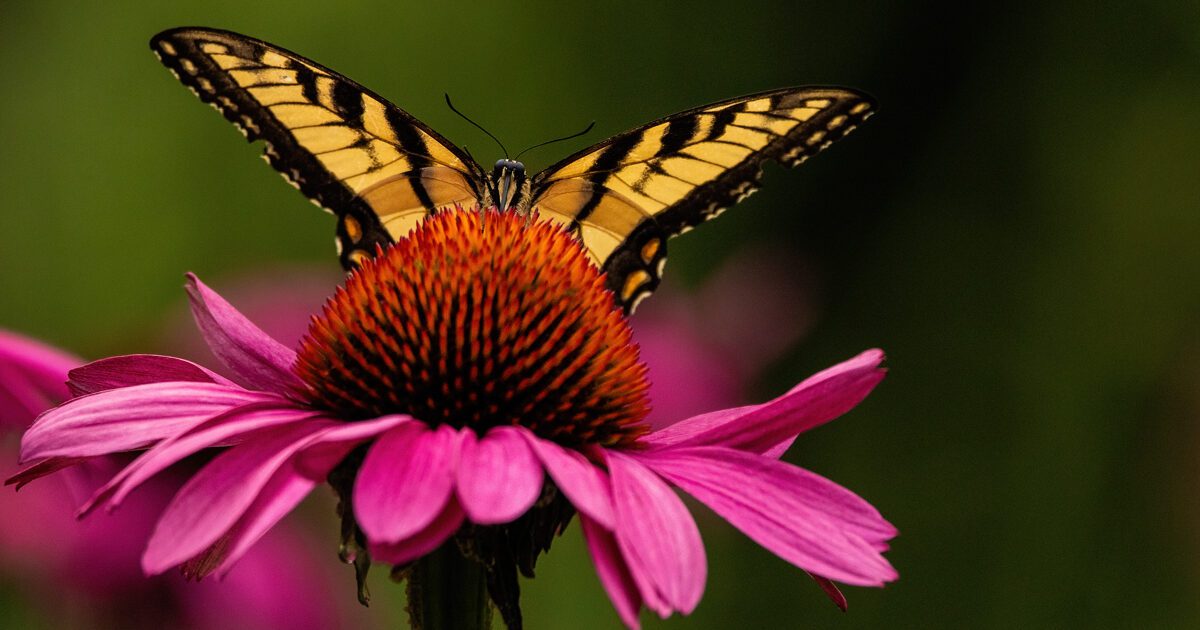
Native Plants and Why Local Genotype Matters for Ecosystems
Tune in to this episode of Wild Virginia Coffee Talk to learn more about native plants and why local genotype matters.
A plant is considered native if it has grown naturally in a particular region, ecosystem, or habitat without human interference. Exotic plants that evolved in other parts of the world or were cultivated by humans into forms that don’t exist in nature do not support wildlife as well as native plants do.
Little Bluestem Collective is a Wild Virginia partner that shares more on what local genotype means:
Genotype means family. That’s ‘family’ in the every-day sense, not the technical taxonomic definition. You share with your parents, aunts, grandparents, siblings, cousins, a constellation of similar genetic material that expresses itself physically as the family nose, or eyebrows, a predilection for cake, and more generally the way you see the world and choose to interact with it, unique to your particular band of people. ‘Local genotype’ means a group of families that live in the same place, and who likely intersect and interconnect through marriage, childcare, shared recipes, language, etc. when they’re humans, and the botanical equivalents when they’re plants.
Learn more: https://www.littlebluestem.net/why-local-genotype-matters
Non-Local VS. Native Plants
Is it all bad to use non-local plants? Think houses that you see as you drive through suburbia with fresh cut lawns, trimmed bushes, and artificial looking plants that look as if they don’t belong in the wild.
Plant species adapt to their environments by passing on genes that favor survival in a specific place, and plants of the same species from develop different genetic makeups called genotypes over time. Mixing plants of different genotypes could cause cascading problems by introducing less well adapted genes into the ecosystem. For example, if there are many pollinators in one area and you introduce a plant that doesn’t suit them well, the bee population where once plentiful could completely meet its demise. One way to reduce those issues is to use local genotypes or native plants. This means using plants propagated from sources from as close as possible to where you will be planting or seeding them. Using these types of native plants supports plants that are well adapted to that region and the overall ecosystem.
For help on native plants, or analyzing your landscape, you can reach out to any of our business partners found here that offer discounts to Wild Virginia members.
Not a member? Become one today here.
Photographs donated by Lori Cash.